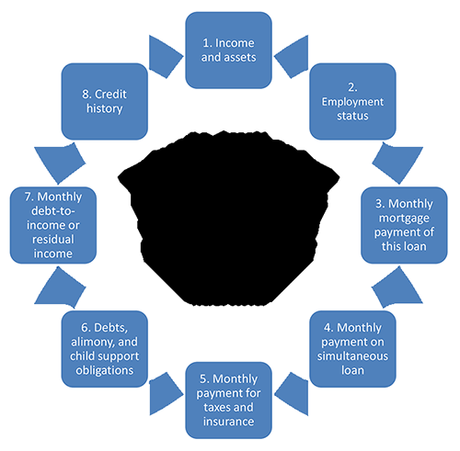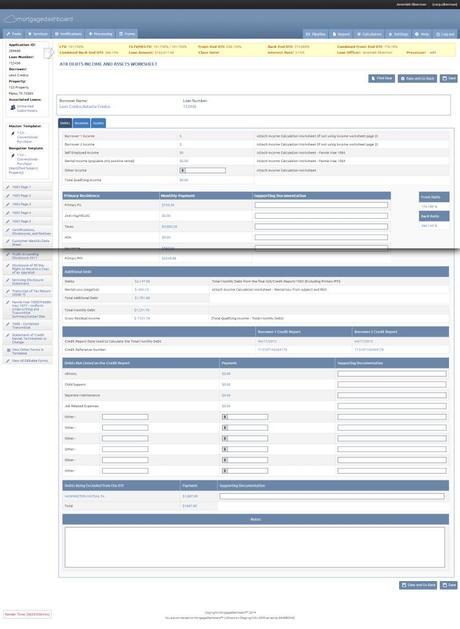What is Ability to Repay?
The new Consumer Financial Protection Bureau (or CFPB) rules are not just investor guidelines that changes whether or not you can sell a loan; this is government legislation. If you do not have the proper documentation in your file, it could not only lead to the repurchase of a loan but civil penalties to the borrower. Now, more than ever, it is necessary to prove to the CFPB through proper documentation, systems and monitoring that your borrowers have the ability to repay and you’re originating qualified mortgages.
Effective for applications on or after January 10th, 2014 the first of the CFPB rules is the Ability to Repay. A consequence of the 2010 Dodd Frank Wall Street Reform, Ability to Repay gives teeth to the law that requires mortgage lenders to make sure borrowers can afford their loans. Called a “back-to-basics” approach by CFPB director Richard Cordray, the Ability to Repay is “the very foundation of responsible lending.”
“Under the new rules, lenders must determine that borrowers can afford a mortgage before making the loan. They must look at a consumer’s income and assets, along with debt, and weigh this against the long-term monthly payments — not just a teaser rate” said Cordray.
The new rule has stirred some controversy. Bill Emerson, CEO of Quicken Loans, told the House Financial Services subcommittee on Financial Institutions and Consumer Credit that the new QM / Ability to Repay rules “are likely to unduly tighten mortgage credit for a significant number of creditworthy families who seek to buy or refinance a home.” The Mortgage Bankers Association have altogether urged for revisions to the ability to repay policies.


Ability to Repay Requirements
Ability to Repay requires loan officers to verify the information they use in making a loan decision. These verification rules are outlined in Regulation Z Appendix Q (Which is simply the HUD 4155), which explain the requirements for calculating and documenting debts and income. The underwriter must evaluate on the following eight factors: 1) current or reasonably expected income, 2) current employment status, 3) monthly payments on the covered transaction, 4 ) monthly payments on a simultaneous loan, 5) monthly payments for mortgage related obligations, 6) current debt obligations, alimony, and child support, 7) Monthly debt to income ratio or residual income, and 8) credit history.
How MortgageDashboard Responded
Ability to Repay also requires loan officers to show the source documentation and calculation very clearly, which is why our team at MortgageDashboard has added the Debt, Income & Assets Worksheet in MortgageDashboard. The Debts, Income & Assets Worksheet is essentially the cliff notes of a file. It tells the story of the file in 3 pages so that, years later, it will still be clear how the decision was made. This is especially convenient in light of the average file, which may be up to 500 pages.
The worksheet covers the debts, income and assets. On each page, we list the calculation and the supporting documentation. Most of the fields are auto-populated by MortgageDashboard but there are some fields that will need user input. In fact, there are only 16 fields that require input if the field applies.
While the underwriter will ultimately be responsible for making sure the worksheet is complete and in the file, everyone will have these fields available in MortgageDashboard.
The Debts, Income & Assets Worksheet can be accessed from page 2 of the 1003 in MortgageDashboard.
Want to see this feature for yourself? Schedule a Tour of MortgageDashboard & ask to see the Debts, Income & Assets Worksheet.
Start Here
